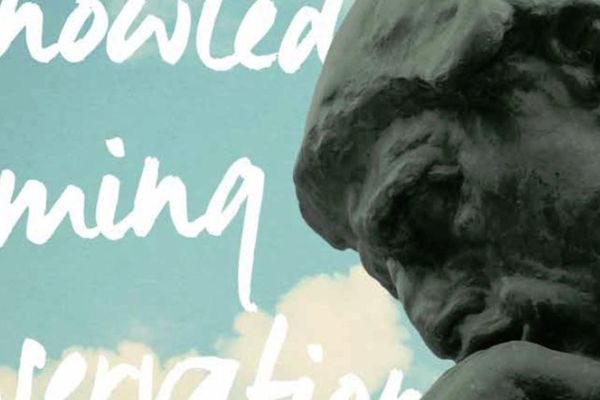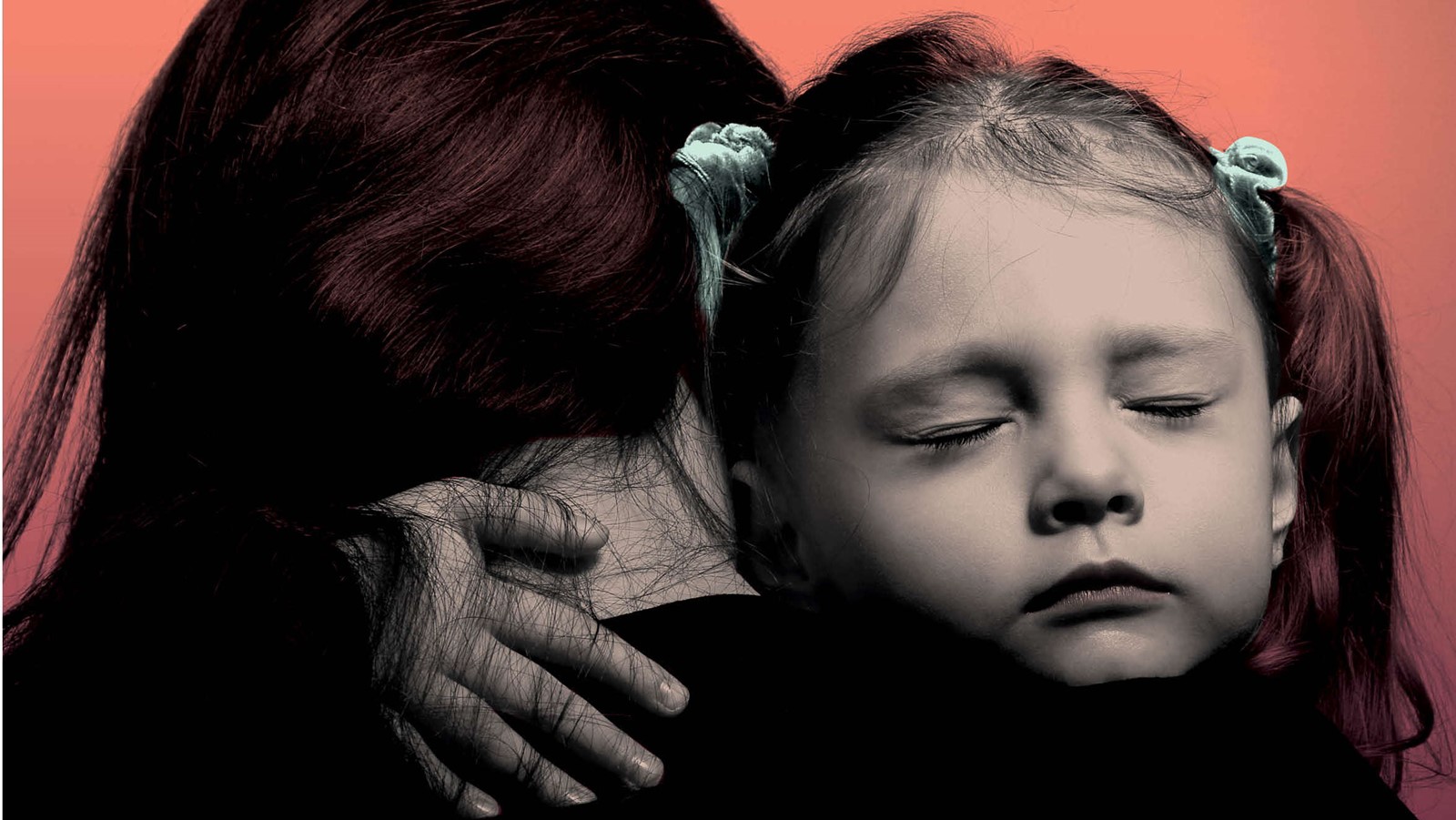I have always enjoyed working therapeutically with children and young people. The different ages, developmental stages, and unique personality traits of each child mean that every CBT intervention is different. My clinical work in the NHS is largely with ‘neurotypical’ children in a Tier 3 CAMHS setting, but I also provide therapeutic interventions to children who are referred to our neurodevelopmental disorders team. It is this group of children, and more specifically those with ASD, that I wanted to write about and to discuss how I adapt CBT in a creative way to utilise their talents.
Reviews have identified that CBT is effective and should be considered a first-line intervention in childhood depression,1 anxiety disorders2 and OCD.3 What has been less clear is the applicability of CBT to children and young people with ASD – although literature is now emerging to suggest that CBT can be effective in the treatment of co-morbid disorders.4,5
ASD is defined by deficits in i) social-emotional reciprocity, ii) non-verbal communicative behaviours, and iii) developing, maintaining and understanding relationships, plus restricted or repetitive behaviours, interests or activities.6 This can mean that the individual has difficulty understanding and articulating emotional concepts, struggles when engaging in social interactions, and has rigidity in thoughts and behaviours. These difficulties, and those related to poor pragmatic (social) language skills, deficits in theory of mind (understanding another’s thoughts, feelings and intentions), and poor skills in generalising learning, can create significant challenges both for the client (in being able to engage in and benefit from CBT) and the therapist (in adapting skills to reduce such barriers).
However, I would argue that it is actually the unique skills of this client group that mean CBT is an effective intervention if suitably adapted. Many high-functioning individuals with ASD have good verbal skills and speak openly and with candour. Strengths related to the need for structure, and a scientific way of thinking, lend themselves to learning opportunities in behavioural experiments and to accurate information being sought when challenging thoughts. Any special interests can be used advantageously to increase motivation and learning, through fact-finding, use of metaphor, or appropriate tangible rewards. These skills, along with more general modifications to CBT, can lead to effective outcomes for children with a range of difficulties.
Stallard and colleagues7 have given consideration to the adaptation of CBT for children with Asperger’s Syndrome. The acronym PRECISE is used to guide therapists in the accessible provision of CBT:
- Partnership working
- Right developmental level
- Empathy
- Creativity
- Investigation and experimentation
- Self-discovery and efficacy
- Enjoyable
Their suggested adaptations of CBT include the use of written and visual information, use of concrete language, inclusion of parents, shorter sessions, and use of a variety of media/technologies. Their paper gives helpful case examples of how these principles can be applied in therapy settings.
Based on my experience, I have identified my key learning points on adapting CBT for children with ASD. I hope to demonstrate the importance of being mindful of the child’s strengths and the importance of offering individualised therapy.
Getting started
So how do I know if CBT is right for a child with ASD? In my initial sessions with a child and family, I try to establish whether the presenting problem is typically one that is amenable to change and, if so, whether CBT would ordinarily be effective. Does the child perceive the issue to be problematic and are they motivated to change? Do they show some skills in being able to engage with me and do they have existing skills that can be adapted within the therapy process (e.g. curiosity, a scientific mind)? Importantly, are parents happy to engage too? I do not offer CBT if the child does not perceive the issue to be a problem, does not wish to attend, or if s/he has an extremely rigid thinking style.
Keep therapy fun
Therapy can actually be quite daunting. For a child with ASD, meeting new people in new situations is anxiety provoking, and the thought of change equally so. It is really important to provide a rationale for therapy and to spend time getting to know the child. This should elicit ideas about how to make therapy fun and engaging, and these ideas can be woven into the intervention.
Take, for example, Billy (age six) who was scared of buttons. Imagine the impact of being unable to wear buttons and to be near people or objects that have buttons. Why would Billy want to engage in exposure work and make himself feel more anxious? What worked was knowing that Billy had a playful character and that he had a good relationship with his parents. We set up a number of graded challenges, including making a collage picture and having a timed dressing-up game. Importantly, along the way, there were also appropriate rewards for good effort.
Consider language and meaning
This is important in many ways. The way children with ASD experience the world, and how they process and understand emotions, is different from ‘neurotypical’ children. Words used to describe feelings may differ, so it is important to reach a shared understanding of what a word or phrase means. In many cases, children with ASD interpret language in a literal manner, so explicit, factual conversations are more effective. That is not to say, however, that stories and metaphors cannot be used. Indeed, many children use these to explain what they mean, such as anger ‘exploding like a volcano’.
Quite early on in my career, Jake (age nine) taught me not to make assumptions. Jake was worried about lots of things, including Dr Who. We decided to make a worry box so that Jake could learn to name his worries, post them, and later discuss them with his parents. Jake began decorating his box with Daleks. I assumed Jake had misunderstood the idea of posting his worries, but, when asked what he was doing, Jake explained that Daleks were scary and could shoot all of the worries as they were posted into the box!
Use their special interests
Special interests provide a way of connecting the child and the therapist in the therapy process. The special interest can be used as an engagement tool, a motivator, or a theme throughout therapy. It may also be a powerful reward system, particularly during exposure work. Children may find it easier to consider different ways of acting if talking about Marvel superheroes, or have more courage to face fears if they know extra ‘screen time’ or their favourite collectors’ cards will be awarded for effort.
David (age nine) was really interested in Egyptian history. After discussing hierarchies in our second session, we realised that a pyramid would be a useful tool for setting goals (related to his separation anxiety) and recording his achievements. We made a 3D pyramid together and David took great delight in covering each ‘step’ with stickers after he achieved a goal.
Focus on practical and visual learning
In many cases, children with ASD find behavioural strategies easier to use than cognitive ones. And work in sessions is more easily understood and remembered if there is some visual content. I tend to use felt pens, paper and whiteboards as standard therapy tools: for example, in psychoeducation (drawing an anxiety curve, for example), planning goals (ladders or pyramids), reviewing evidence (tally charts from survey results), or marking achievements (lists or posters). Tangible reward systems are also helpful, with stickers or marble jars being strong favourites.
Children often learn through doing, so experiments can play an important part in the modification of unhelpful cognitions and behaviours. Take William (age six), who was anxious about toileting. William was worried that his bladder might burst if he did not go to the toilet frequently. This made leaving home or being out for any length of time particularly difficult. In one experiment, we took turns to fill a balloon (bladder) with water to see if it would burst. William also ‘helped’ his dad document how long each of the five family members took between toilet trips, and collated evidence to show that bladders did not burst.
Use a scientific mind
It is well known that individuals with ASD have a propensity towards ‘systemising’, and have a factual and often very scientific way of processing and understanding the world. This can be apparent through behaviours such as categorising, ordering, working out how things work, and learning endless facts about their favourite topic. Preference for facts and data can be employed in CBT, as subjective or irrational emotional experiences and connected behaviours can be challenged by questioning: ‘Where is the evidence?’ Young children might use a ‘fact file’ to collect their evidence, while teenagers may relate well to ‘research’. Survey data, demographics, measurements and published figures all have a role to play. Experiments also enable learning through predictions and outcomes.
Hayden (age eight) was curious about whether people with bigger heads worried more. To determine the solution, Hayden and I walked around the clinic and measured the heads of staff members as well as taking a rating (out of ten) for how much they worry. The results were reviewed and conclusions drawn about there being no such association. Gareth (sixteen) had an ‘embarrassing’ intrusive thought and felt ashamed, as he believed he was the only one to experience this. I shared a research paper that listed the percentage of males and females who had these and other intrusive thoughts, and we used this to normalise his experience.
Rules, structure and managing change
Changes in routine and unexpected outcomes often cause children with ASD anxiety and distress. Rules, routines and rituals are self-imposed because their familiarity enables children to manage an unpredictable social world. CBT can actually work well for these children, as set agendas, a planned number of sessions and a known ending can help to contain difficult feelings.
In my experience, the flipside of having ‘fun’ sessions has been that some children have not wanted to finish therapy. To manage this, I tend to count down sessions as we go, and invite the child and parents to plan the final session. The final session for some children may be similar to what we have done previously, whereas for others it is marked with a snack, making a poster, and certificates.
Maintain balance and fairness
While fairness is important to most children, it is often more of a theme in families where there is a child with special needs. Children with ASD may like things to be equal, and their siblings may get annoyed if the brother or sister is receiving different parenting or one-to-one time in therapy sessions.
For example, Jessie (age seven) was working hard on his sleep routine and his fear of dogs. Jessie had a reward chart and received a prize for every twenty stickers earned. His siblings, age five and three, were not having to work on challenges (which annoyed Jessie) and did not get to earn extra prizes (which upset them). Work with parents identified age-appropriate goals for the youngest two, with related reward charts, and had the effect of everyone being perceived as equal. I include myself in issues around fairness and make a point of allocating myself homework too.
Involve parents throughout
Unless there is a good reason not to include them (confidentiality; working on separation anxiety), parents are usually present in my sessions or join at the end. I involve parents for a number of reasons:
- Parents are the experts on their children. Despite my experience, I may use language in an unhelpful way, or misinterpret what a child means: parents can be excellent translators.
- Parents may, unknowingly, be part of the maintenance of their child’s difficulties. Psychoeducation for both children and parents is paramount, as change may need to come from the whole family system.
- Children may find it difficult to remember information. Parents can help the child to remember key points from the session, including homework.
- Parents are excellent co-therapists. Effectively, I model in my sessions what a parent would need to do to ensure change continues at home and in the community, using all of the above ideas. I rely on the parent helping their child to generalise skills, as therapy must have an end point.
Reaching an end
So how do I know when to end therapy? From the outset, I share with the family that issues, such as anxiety, are common in those with ASD. It is not my role to ‘cure’ a problem, nor to provide therapy indefinitely. We discuss how many sessions are likely to be helpful, and set clear goals and boundaries in order to manage expectations. During sessions, changes in the presenting problem (frequency/severity), levels of distress, and evidence of learning are highlighted. Importantly, when I feel that I have shared with a family all the skills they need to know, we have to acknowledge that an ending is sometimes just the start for the child, and that continued home practice is the key to success. Endings are celebrated, and children (and parents) are sent away with a ‘toolbox’ or ‘pick-and-mix’ kit of skills and resources to use in the future.
I hope this discussion has highlighted my passion for working with children and young people with ASD, and prompted new ideas for providing CBT interventions to this client group. There is a growing evidence base for the efficacy of CBT, and I would encourage therapists not to be shy in tailoring their therapy to the skills, rather than the ‘deficits’, of this rewarding group of children.
Sarah Rogers is a clinical psychologist who has been working with children and young people in Norfolk since 2004. Sarah is an integrative therapist whose skills include child-adapted cognitive behavioural therapy. Anxiety disorders are an area of special clinical interest, and Sarah also enjoys working creatively with children who have autism spectrum disorders.
More from BACP Children and Young People journal

Working with values in clinical practice
Open article: Andrew West, author of Being With and Saying Goodbye: cultivating therapeutic attitude in professional practice, examines (at times provocatively) the idea of values and how they might or might not link to a values-based practice. BACP Children and Young People, June 2016

Therapeutic story with children
Open article: Barr Kazer explains how she uses metaphor in the creation of stories by and with children as the core premise in her groupwork. BACP Children and Young People, March 2016

What informs our interventions?
Open article: Carol Holliday discusses professional knowledge and how we develop it for working therapeutically with children and young people. BACP Children and Young People, December 2015
References
1 National Institute for Health and Care Excellence. Depression in children and young people. Identification and management in primary, community and secondary care. 2005 [Online.] www.nice.org.uk/guidance/cg28/resources/depression-in-children-and-young-people-identification-and-management-975332810437 (accessed 02 July 2016).
2 James AACJ, Soler A, Weatherall RRW. Cognitive behavioural therapy for anxiety disorders in children and adolescents. Cochrane Database of Systematic Reviews 2005; Issue 4. Art no: CD004690. DOI: 10.1002/14651858.CD004690.pub2.
3 O’Kearney RT, Anstey K, von Sanden C, Hunt A. Behavioural and cognitive behavioural therapy for obsessive compulsive disorder in children and adolescents. Cochrane Database of Systematic Reviews 2006; Issue 4. Art no: CD004856. DOI: 10.1002/14651858.CD004856.pub2.
4 Wood JJ, Drahota A, Sze K et al. Journal of Child Psychology and Psychiatry 2014; 50(3): 224–234.
5 Scarpa A, Williams Whilte S, Attwood T. CBT for children and adolescents with high-functioning autistic spectrum disorders. New York: Guilford Press; 2013.
6 American Psychiatric Association. Diagnostic and statistical manual of mental disorders. 5th edition. Arlington, VA: American Psychiatric Publishing; 2013.
7 Donaghue K, Stallard P, Kucia J. The clinical practice of cognitive behavioural therapy for children and young people with a diagnosis of Asperger’s syndrome. Clinical Child Psychology and Psychiatry 2011; 16(1): 89–102.
